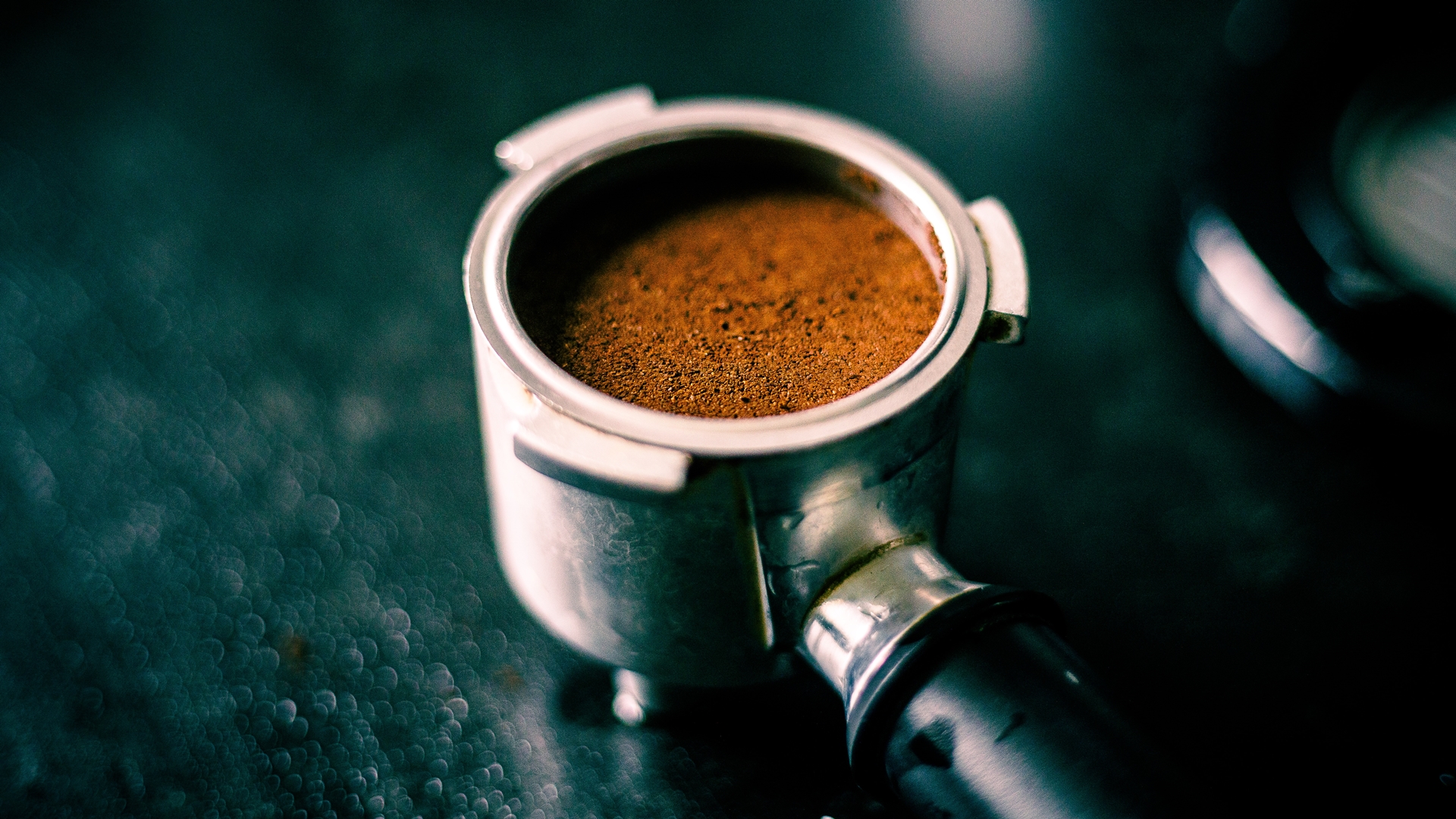- Engineers at the RMIT University have found a way to use spent coffee grounds to make concrete stronger.
- By heating the grounds to 350 degrees Celsius the grounds become porous biochar that helps make concrete stronger than when river sand is used exclusively.
- More research needs to be done but the findings bode well for addressing the mining of river sand and the waste generate by coffee.
Very few things put a smile on the face of the Hypertext team like a freshly brewed cup of coffee, but we often wonder about all the waste that hits the trash can as the portafilter is emptied.
Engineers at RMIT University in Australia had a similar thought and so they conducted a few experiments to see how those grounds might be used for something more than feeding a few plants, like construction.
Their findings were published in the Journal of Cleaner Production in the paper Transforming spent coffee grounds into a valuable resource for the enhancement of concrete strength.
The engineers turned waste coffee grounds into something called biochar using a technique called pyrolysis. Here, organic matter is heated in an environment devoid of oxygen.
By doing this the organic compounds in the spent coffee grounds are broken down leaving behind a carbon-rich porous biochar. This was then used in concrete mixes and its strengthen was tested against regular concrete as a control.
The engineers tested spent coffee grounds without pyrolysis as well as grounds heated to 350 and 500 degrees Celsius with the grounds heated to 350 degrees Celsius offering the most viable alternative to materials such as river sand. At 500 degrees Celsius there was too much microcracking internally which negatively impacted the strength of the concrete.
Analysing the compressive strength the engineers found that replacing 15 percent of the sand found in concrete with the coffee biochar improved its strength by 29.3 percent.
While further tests need to be carried out to test the use of this biochar in concrete, things look positive.
“The concrete industry has the potential to contribute significantly to increasing the recycling of organic waste such as used coffee,” writes joint lead author Dr Shannon Kilmartin-Lynch from RMIT University’s School of Engineering.
“Our research is in the early stages, but these exciting findings offer an innovative way to greatly reduce the amount of organic waste that goes to landfill,” adds Kilmartin-Lynch.
Perhaps the most important aspect of this discovery is how it could address two major problems – namely the use of river sand in construction materials and the waste generated by the world’s thirst for coffee.
Decaying biomatter releases greenhouse gases into the atmosphere accelerating the effects of climate change. River sand is a core component in construction and the sector’s need for it means we’re running out of it quickly. In fact it’s expected that this resource will run out by 2050. An alternative is needed rather quickly then.
“The ongoing extraction of natural sand around the world – typically taken from river beds and banks – to meet the rapidly growing demands of the construction industry has a big impact on the environment,” says corresponding author and research team leader Professor Jie Li.
“There are critical and long-lasting challenges in maintaining a sustainable supply of sand due to the finite nature of resources and the environmental impacts of sand mining. With a circular-economy approach, we could keep organic waste out of landfill and also better preserve our natural resources like sand,” adds Li.
Unfortunately, coffee isn’t what we’d classify as a safe crop as it’s existence is threatened by climate change. According to this report from Salon, 50 percent of the land used to grow coffee will be unproductive by 2050.
Perhaps then by fuelling the construction sector’s need for coffee – beyond a warm beverage to enjoy during breaks – we could slow down the demand for river sand and put those used coffee pucks to work.

